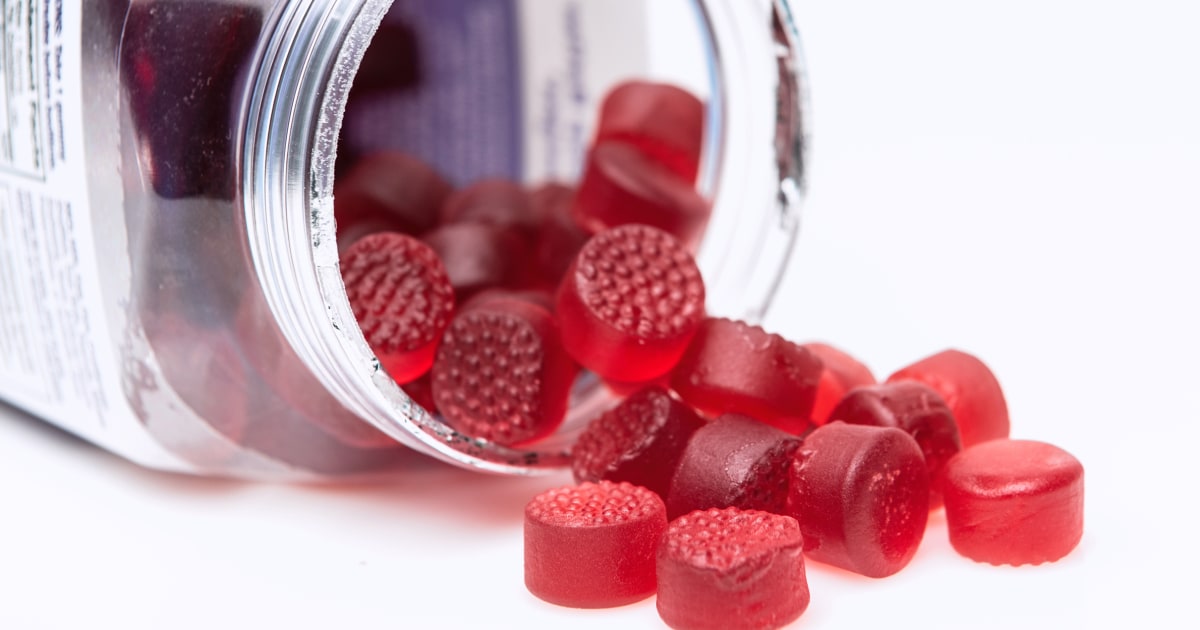Is this gum a vitamin or a candy? This can be difficult to tell, especially for children.
Since 2019, there has been an increase in the number of children under the age of 4 who have been taken to emergency rooms for ingesting gummy multivitamins and over-the-counter sleeping pills like melatonin.
That’s why the Food and Drug Administration convened a meeting of experts Monday to discuss what exactly makes a drug like candy.
The experts, who included more than a dozen doctors, drugmakers and poison control center directors, noted that the risks of accidental ingestion of candy-like medications depended on the taste, packaging, and how the products were formulated, such as chewable gummies versus hard tablets that must be swallowed.
I’ve heard of situations where babysitters didn’t know what the candy was or what the medicine was, said Dr. Suzanne Doyon, medical director of the Connecticut Poison Control Center and assistant professor of emergency medicine at UConn Health in Connecticut at the FDA meeting.
Making over-the-counter medications more attractive to children is not a bad thing in itself. Many children’s medications don’t taste very good, so drug manufacturers have modified their products to improve the flavor so that children will take them.
Some of these products, however, can become so appealing that they run the risk of children eating them as if they were candy and not drugs.
Kids will go for anything, and especially anything that tastes or looks like candy, said Dr. Theresa Michele, who directs the FDA’s office of over-the-counter drugs.
Rachel Meyers, a pediatric pharmacist and professor at the Ernest Mario School of Pharmacy at Rutgers University in New Jersey, cautioned against medications that taste so good that children end up eating too many.
We need to get rid of the idea that it has to be absolutely delicious to have it, she said.
Data presented by the Centers for Disease Control and Prevention found that the root cause of many accidental ingestions by children was adults’ practice of leaving medications outside of containers, with many children unsure whether they were safe. It was medicine or sweet treats.
Jeffrey Worthington, president of Senopsys, a company that works with pharmaceutical companies to make their products easier to consume, recommended removing added colors and avoiding cartoon characters or iconic shapes.
“I think there are a lot of things I can point out in a chewing gum that I would rather not see in a drug product,” he said. Things like rings and worms, cartoon characters, and a lot of the iconography that matches gummies and other dietary supplements.
Others at the meeting recommended that packaging and labels include embossing or that pills be individually wrapped to prevent overdose.
The meeting did not include a vote, and the FDA did not say whether there would be further discussions.
Dr. Christopher Hoyte, medical director of the Rocky Mountain Poison & Drug Center, suggested a simple definition of candy-like drugs.
It’s reasonable for a person to look at it and have trouble telling the difference between the two, he said.
FollowBNC HEALTHonTwitter&Facebook.
#FDA #takes #step #protect #children #drugs #taste #candy
Image Source : www.nbcnews.com

